Welcome to the First Part of Our Two-Part Series: Trade Winds of Time – From Silk Roads to Exploration
In this engaging series, we embark on a fascinating voyage through time, tracing the evolution of global trade from the intricate web of the Ancient Silk Roads to the daring voyages of the Age of Exploration. Our journey is not just about commodities and routes; it’s a tale of human ambition, curiosity, and the relentless pursuit of progress that has shaped the interconnected world we live in today. Let’s unravel the threads of history to understand the origins of global commerce and how past innovations continue to influence our modern economic landscape.
The Ancient Silk Roads: The First Highways of Global Trade
Origins and Expansion
The story begins during the Han Dynasty in China (206 BCE – 220 CE), where the Silk Roads, far from being a single path, emerged as a sprawling network of routes. These paths stretched over 4,000 miles, connecting China with Europe, the Middle East, and parts of Africa. Initiated as a diplomatic and commercial venture, the Silk Roads became the lifeline of trade, exchanging not just goods but ideas, cultures, and innovations across continents.
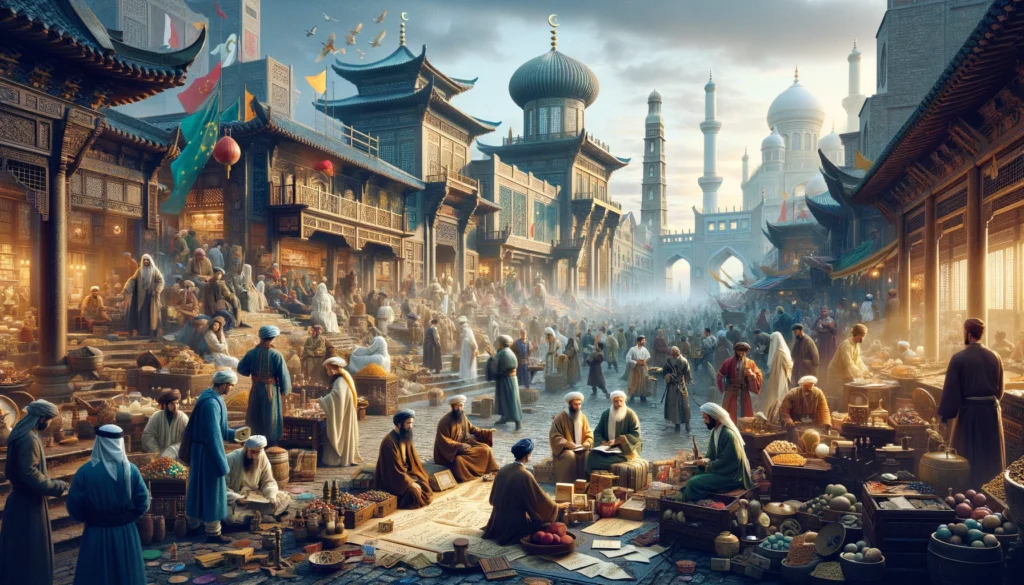
Trade and Commodities
Silk, the centerpiece of this ancient trade network, symbolized wealth and innovation. However, the roads saw a myriad of goods like teas, porcelain, and spices making their way across continents. In return, China welcomed horses, woolen goods, cotton, and an array of spices and precious stones. This exchange went beyond material goods, facilitating a remarkable exchange of technologies, religious beliefs, and cultural practices.
Impact on Civilizations
The bustling cities along the Silk Roads thrived as commercial hubs, fostering economic prosperity and cultural richness. This era of trade laid the foundation for economic systems and cultural exchanges that have echoed through history. The spread of religions such as Buddhism across Asia highlights the profound spiritual and cultural exchanges of this period.
Challenges and Decline
Despite their success, the Silk Roads were not immune to the challenges of geopolitical instabilities. Wars and territorial disputes often disrupted trade, leading to shifts in routes. The advent of maritime trade routes in the late Middle Ages presented a more efficient alternative, gradually diminishing the Silk Roads’ prominence.
Legacy
The legacy of the Ancient Silk Roads is monumental, knitting diverse cultures and economies into a complex web of interdependence. This early form of globalization set the stage for the interconnected trade systems we see today.
The Age of Exploration: A New Chapter in Global Trade
Motivations for Exploration
Driven by a blend of economic ambition, religious zeal, and technological advances, the Age of Exploration marked a significant shift in global trade dynamics. Explorers set sail not just for wealth but to spread Christianity and satisfy their curiosity about the world, armed with innovations like the compass and the astrolabe.
Key Explorers and Discoveries
This era brought figures such as Christopher Columbus, who, sponsored by Spain, discovered the Americas in 1492, and Vasco da Gama, the first to reach India by sea. These voyages not only expanded the geographical knowledge but also established new trade routes and connections.
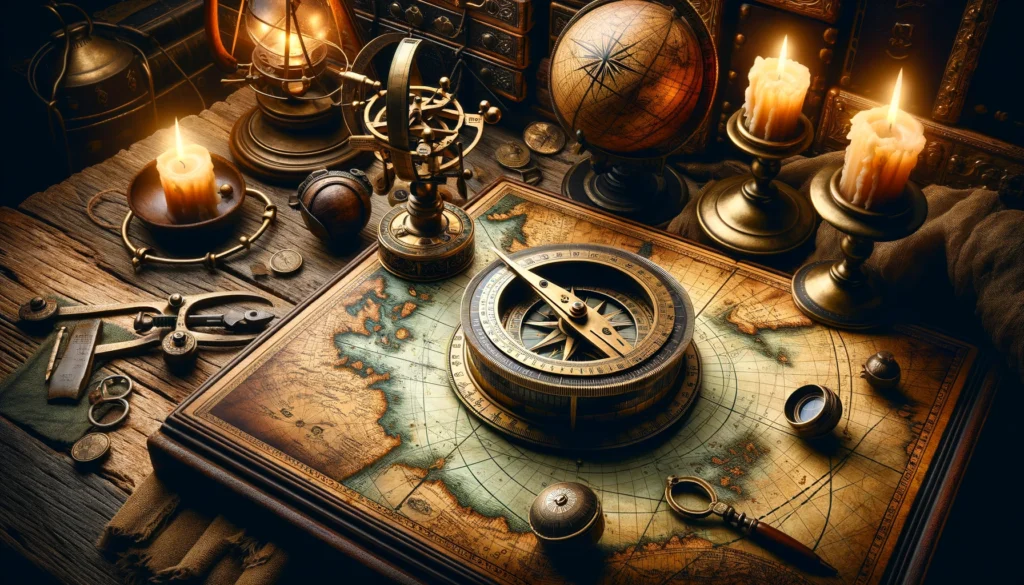
Impacts and Consequences
The Age of Exploration had profound impacts, from the Columbian Exchange, which saw a significant transfer of crops, animals, and cultures, to the rise of European empires and the shift in global economic power. This period reshaped the world, laying the groundwork for the modern global economy.
Legacy
The legacy of this age is a world forever changed by the connections forged between distant lands. It’s a tale of discovery, ambition, and the indelible impact of human curiosity.
Conclusion
From the winding paths of the Silk Roads to the vast oceans navigated by explorers, the journey of global trade is a testament to human ingenuity and the desire to connect. As we conclude this first part, we stand on the threshold of another transformative era – the Industrial Revolution, which we will explore in the next entry of our series.
Stay tuned for the second part, where we delve into the Industrial Revolution and the emergence of modern supply chains, marking the continuation of our exploration into the trade winds of time.
Author’s Note:
Thank you for joining us on this journey through the annals of global trade. It’s a narrative that reminds us of our shared history and the timeless nature of human exchange and innovation. We hope this exploration has sparked your interest and left you eager for the next installment, where we will uncover the industrial transformations that have defined our modern world. Your thoughts and reflections are warmly welcomed as we continue to navigate through these trade winds together.
G.C., Ecosociosphere contributor.
References and Further Reading:

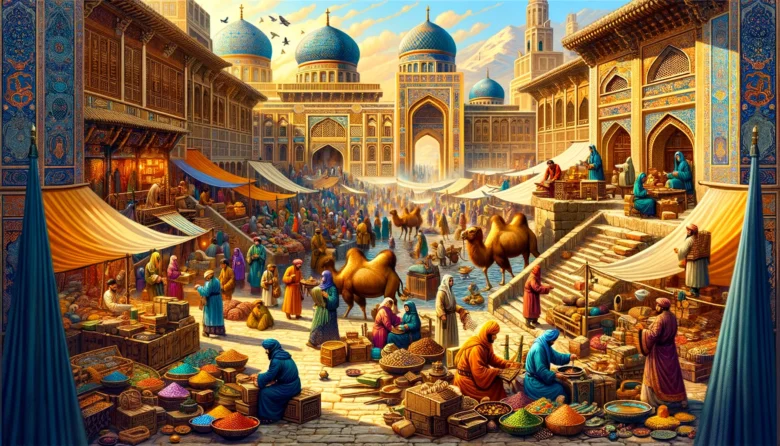
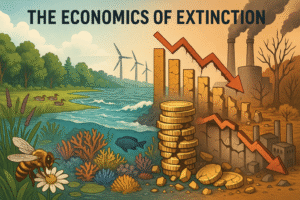

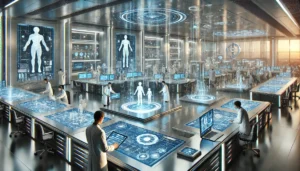
Comments
Thanks for sharing. I read many of your blog posts, cool, your blog is very good.
I don’t think the title of your article matches the content lol. Just kidding, mainly because I had some doubts after reading the article. https://accounts.binance.com/ro/register?ref=V3MG69RO
Thanks for sharing. I read many of your blog posts, cool, your blog is very good.